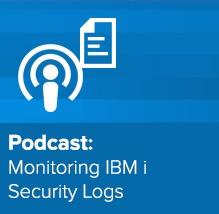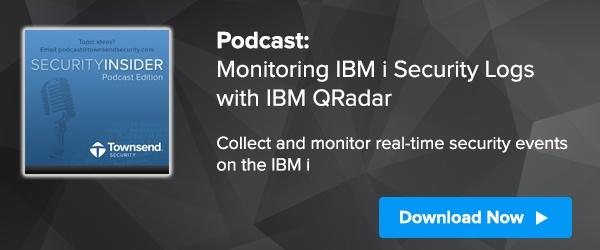We all now know that active monitoring and rapid response is one of the critical security controls that really make a difference. That is why system log monitoring makes the Top Ten list of almost all cyber security controls. What is not so well known is how hard it can be to get active monitoring right. We have a lot of Security Information and Event Monitoring (SIEM) solutions to choose from, but very few of them are effective right out of the box. Why is this?
 First, system generated logs are a mess. They are largely unformatted text messages without unique identifiers that make it hard for a SIEM solution to interpret. Add many different spoken languages and you have a major headache when it comes to interpreting log messages.
First, system generated logs are a mess. They are largely unformatted text messages without unique identifiers that make it hard for a SIEM solution to interpret. Add many different spoken languages and you have a major headache when it comes to interpreting log messages.
Second, other than some basic formatting guidelines, information in system logs is not normalized. While some log formatting standards like Common Event Format (CEF) and Log Event Extended Format (LEEF) attempt to provide this, very few devices actually format to these standards. The lack of system log standards contributes to the confusion when SIEM solutions attempt to interpret the log messages. It would make a database administrator shed tears.
Lastly, many SIEM solutions collect logs once or twice a day with some type of batch transfer, and events are not processed in real-time. Real-time analysis is core to effective SIEM monitoring of system logs. Without real time event collection it is difficult or impossible to do event correlation and the result is missed positives. All of that intelligence built into modern SIEM solutions can go to waste.
One thing I like about the IBM Security QRadar solution is that it comes with pre-defined definitions that out of the box know how to interpret logs from a wide variety of devices. IBM packages these definitions in a configuration object known as a Device Support Module, or DSM. IBM QRadar customers get access to all of these DSM definitions and they can be easily updated as new and revised configurations become available. This saves a security administrator a lot of time in configuring the SIEM to recognize events.
Another thing I like about IBM Security QRadar is that it understands that normalized data is important. The QRadar Log Event Extended Format, or LEEF, builds on IETF system log standards by adding well-defined data formats and field definitions. If all of your systems are reporting an IP address like this:
src=1.2.3.4
then you know that event correlation is going to work a lot better.
Our IBM i (AS/400, iSeries) solution for IBM Security QRadar integration is named Alliance LogAgent for IBM QRadar. It implements support for the QRadar LEEF data format for all IBM i security events, and transmits events in real time. IBM has now released an updated AS/400 DSM that includes recognition of the more than 200 security events transmitted by Alliance LogAgent for IBM QRadar. This means that customers deploying or updating their QRadar implementation get a much faster implementation and a much better security posture right out of the box. This new solution installs on an IBM i server very quickly and in minutes can be sending security events to IBM Security QRadar.
No one security control will make you safe. But actively monitoring your system and audit logs is crucial to a good security implementation.
For more information, visit our Alliance LogAgent for IBM QRadar or get started with a free evaluation.
Othwer Resources

